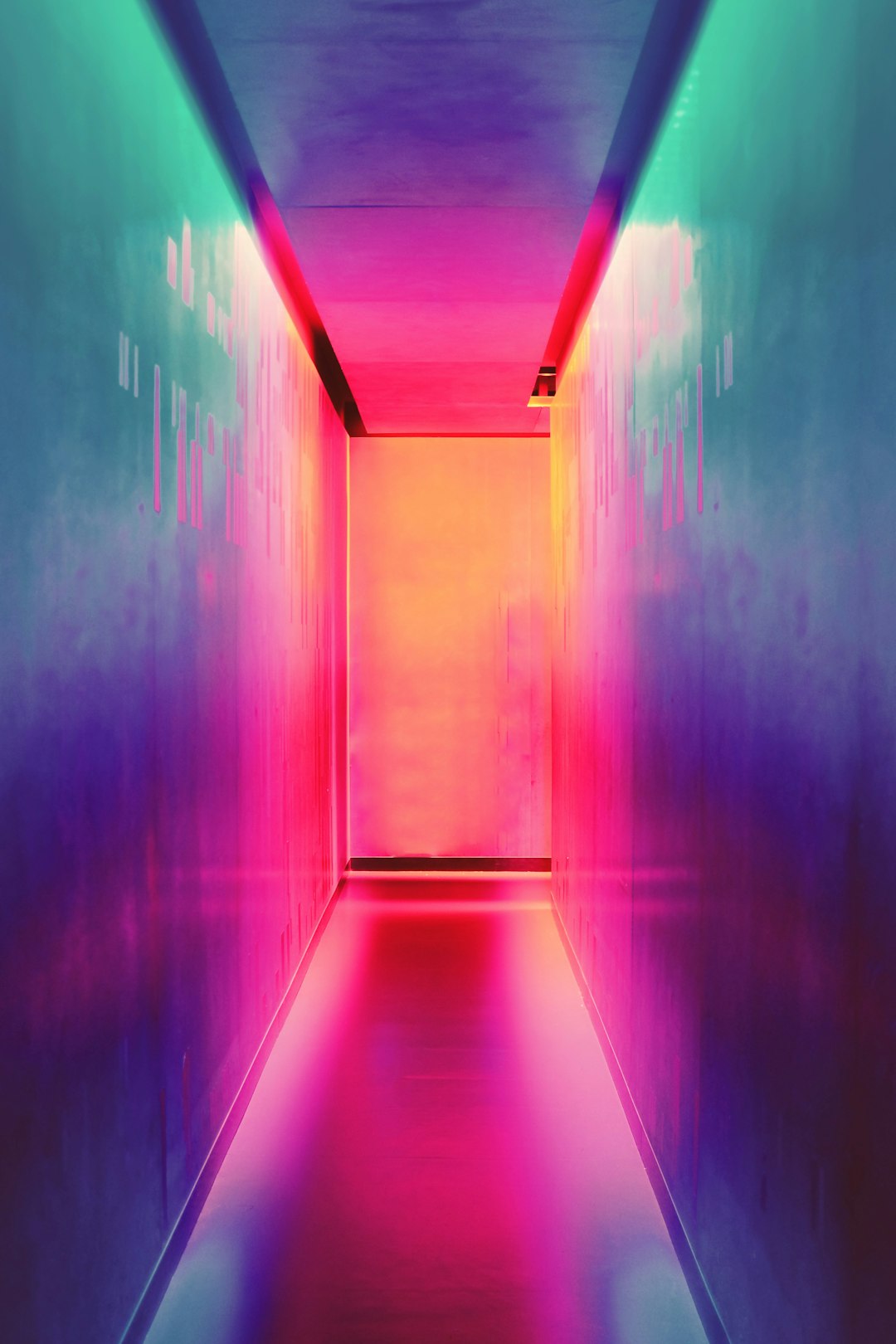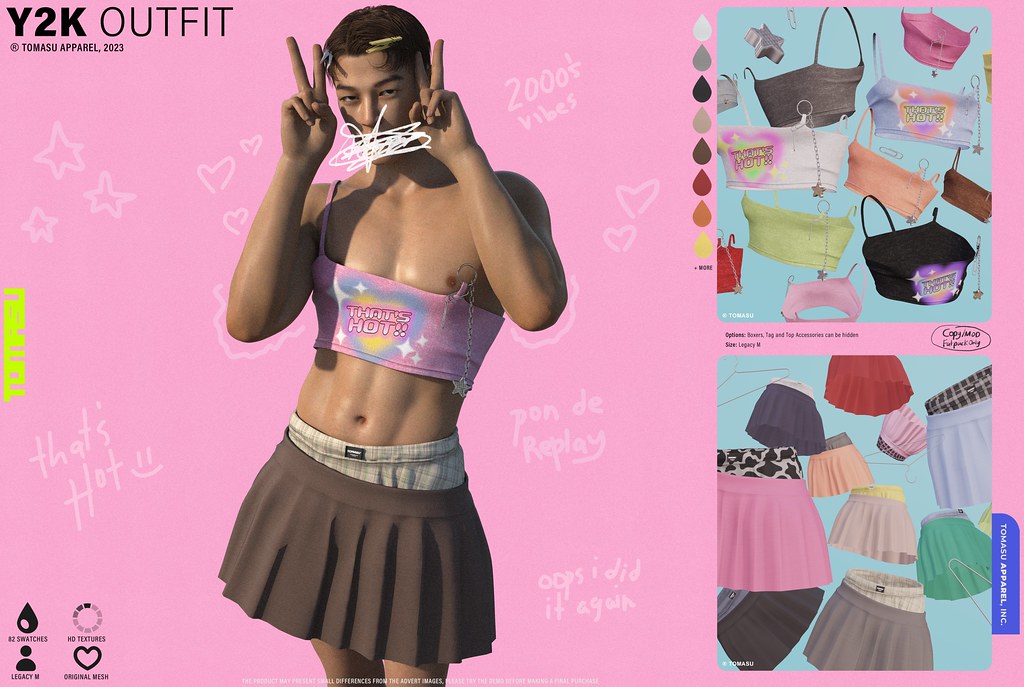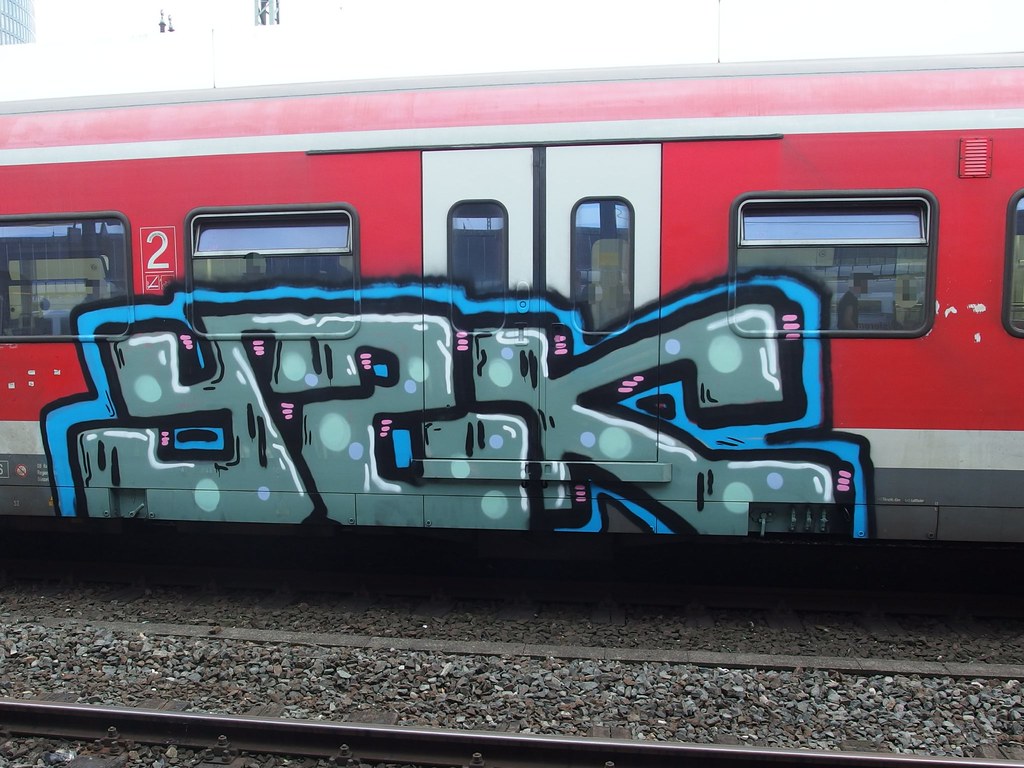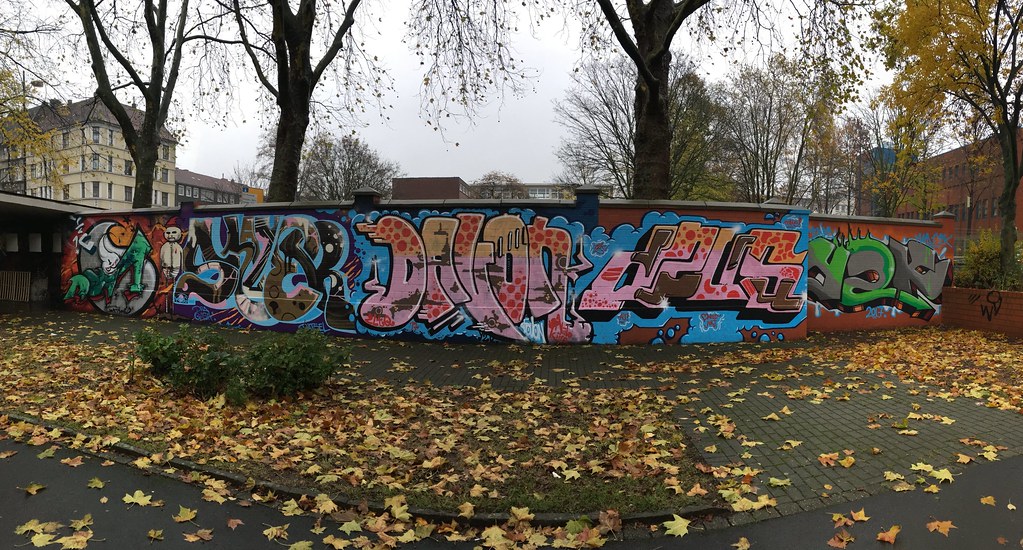Here's the integrated blog post with images evenly distributed throughout the content:
---
The early 2000s, often referred to as the "noughties" or "Y2K," represented a unique time marked by high consumerism, vibrant aesthetics, and evolving cultural norms. A distinct shift towards individuality influenced various subcultures, including military, streetwear, and RnB, promoting both a sense of belonging and self-expression.

During this period, there was a notable critique of rampant consumerism, highlighted through references such as Naomi Klein's "No Logo" and Tyler Durden from "Fight Club." These works underscored societal concerns about superficiality and greenwashing amid unchecked growth.
The Y2K aesthetic was characterized by vibrant, iridescent designs, soft materials, and playful use of color, particularly holographic plastics and bubble gum shades. Design trends drew inspiration from retro styles of the 60s and 70s, moving away from rigid structures towards more organic shapes and bold colors. For those interested in how design impacts spaces like dining areas, check out this insightful piece on natural appearances in dining rooms.

Concerns about the Y2K bug and events like the 9/11 attacks introduced a backdrop of anxiety, juxtaposed with technological advancements such as the iPod and the rise of social media platforms like Facebook and Twitter. Communication methods transitioned from in-person interactions to technology-driven engagements, intertwining reality with increasing digitalization.
From 2010 to 2020, brand aesthetics shifted towards minimalist and geometric designs, often perceived as cold and devoid of individuality. However, there was a resurgence in playful, multi-dimensional, and organic designs reminiscent of the Y2K era, reinvigorating graphic design trends.

The 2020s have been marked by a nostalgic resurgence, embracing past elements while incorporating new technology and digital experiences such as augmented reality. Iridescent colors and materials have emerged as significant trends, reflecting a desire for creativity and an optimistic consumer outlook.
The cyclical nature of trends suggests that modern culture frequently reverts to elements of past decades with a pronounced commercial focus, potentially sacrificing authenticity. This raises questions about whether society can sustain joy and creativity amidst ongoing concerns around sustainability and consumer-driven designs.

Speculation about the lasting impact of Y2K aesthetics highlights the likelihood of trends oscillating between organic forms and technical designs. The ongoing evolution of graphic design will likely be influenced by interactivity, community-focused creations, and renewed expressions of individuality.
In summary, the Y2K phenomenon represents a complex blend of culture, consumerism, digital innovation, and visual aesthetics. It frames a critique of our tendencies towards nostalgia and commercialism, emphasizing the intricate relationship between past influences and modern trends. Additionally, community events like the 8th Annual Glow Walk/Run can serve as a reminder of the importance of social engagement in contemporary culture.
---

Immerse yourself in architecture’s most boundary-pushing ideas—where innovative home improvements meet visionary urban developments. Discover new building techniques, materials, and creative concepts that are redefining how we shape our spaces on a global scale.